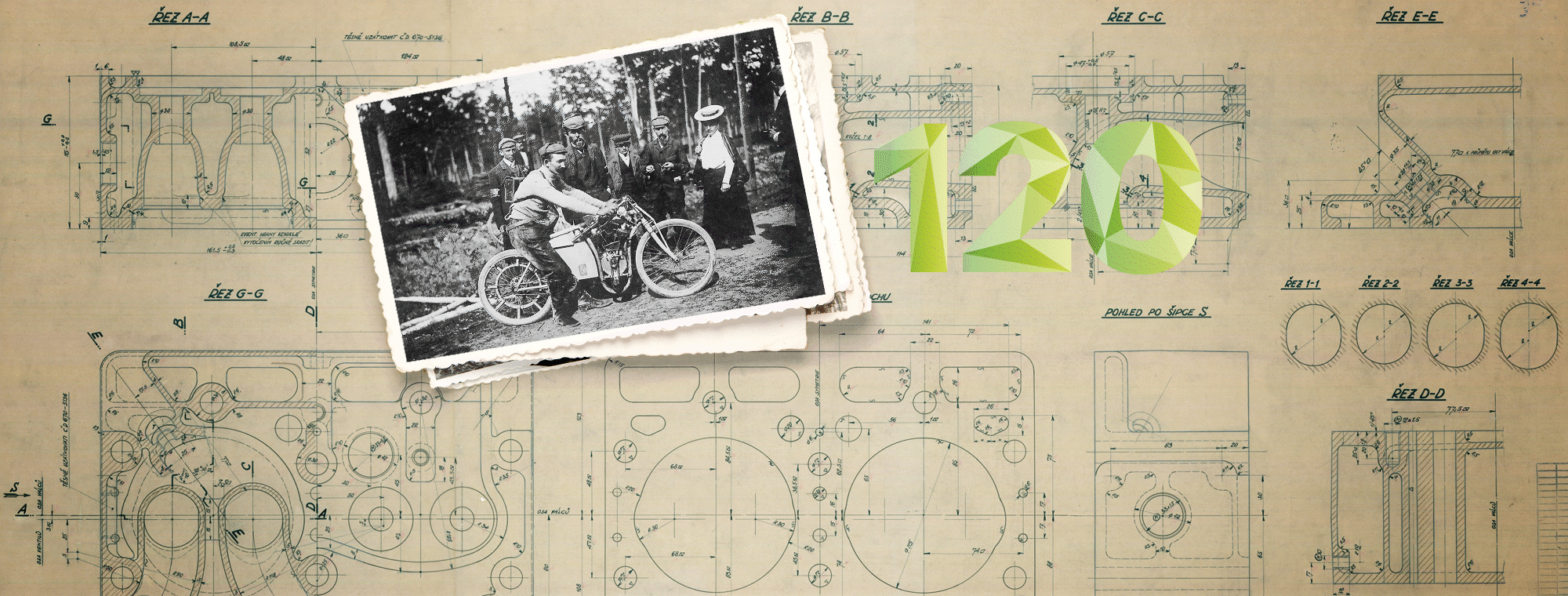Hear the glorious history and present of ŠKODA Motorsport

Each of ŠKODA’s famous racing models is unique and unrepeatable. Including the way it sounds. Listen to the sound of historic legends and modern racing cars.
11. 11. 2021 Lifestyle MotorsportMedia Box
7 images
Show more
Show less





















